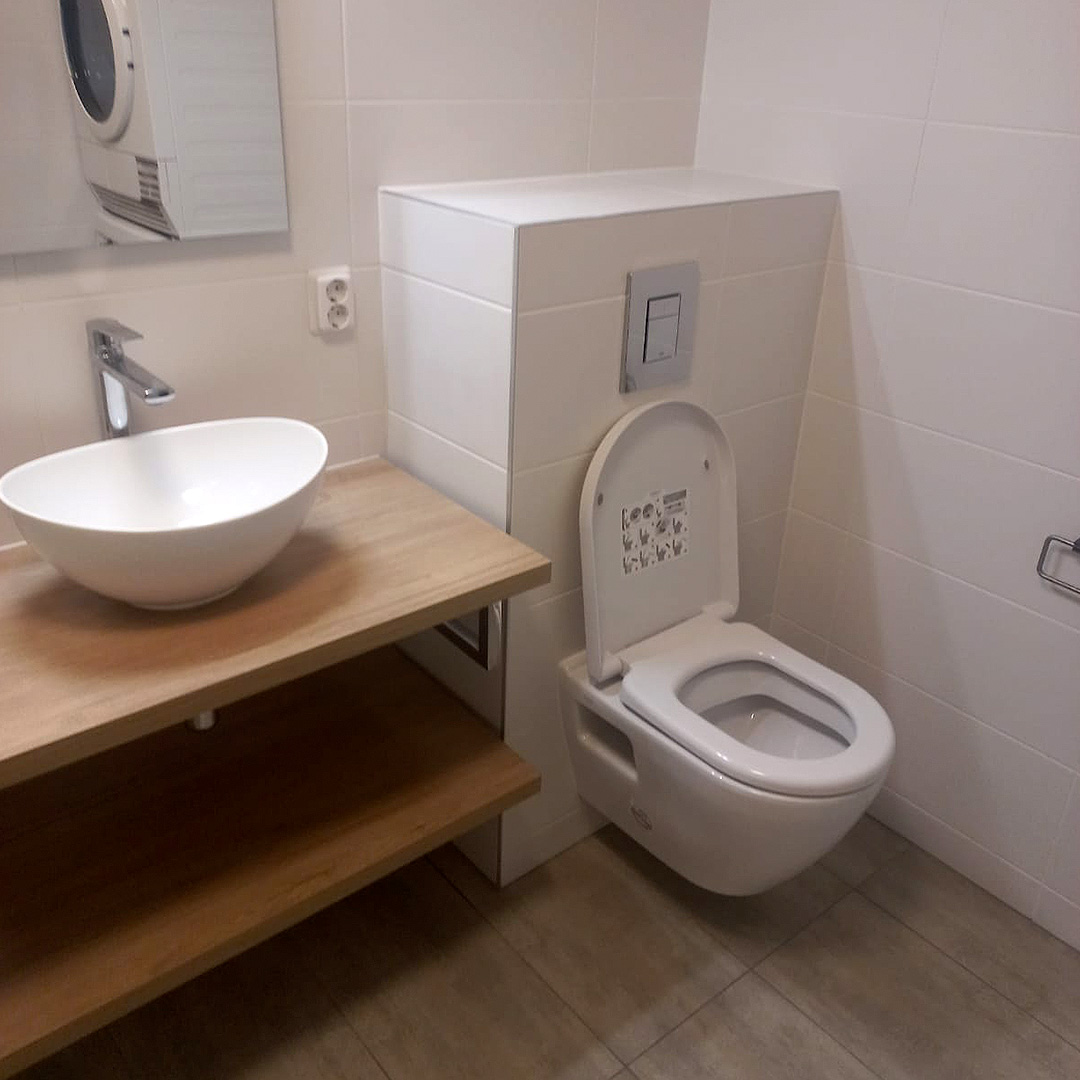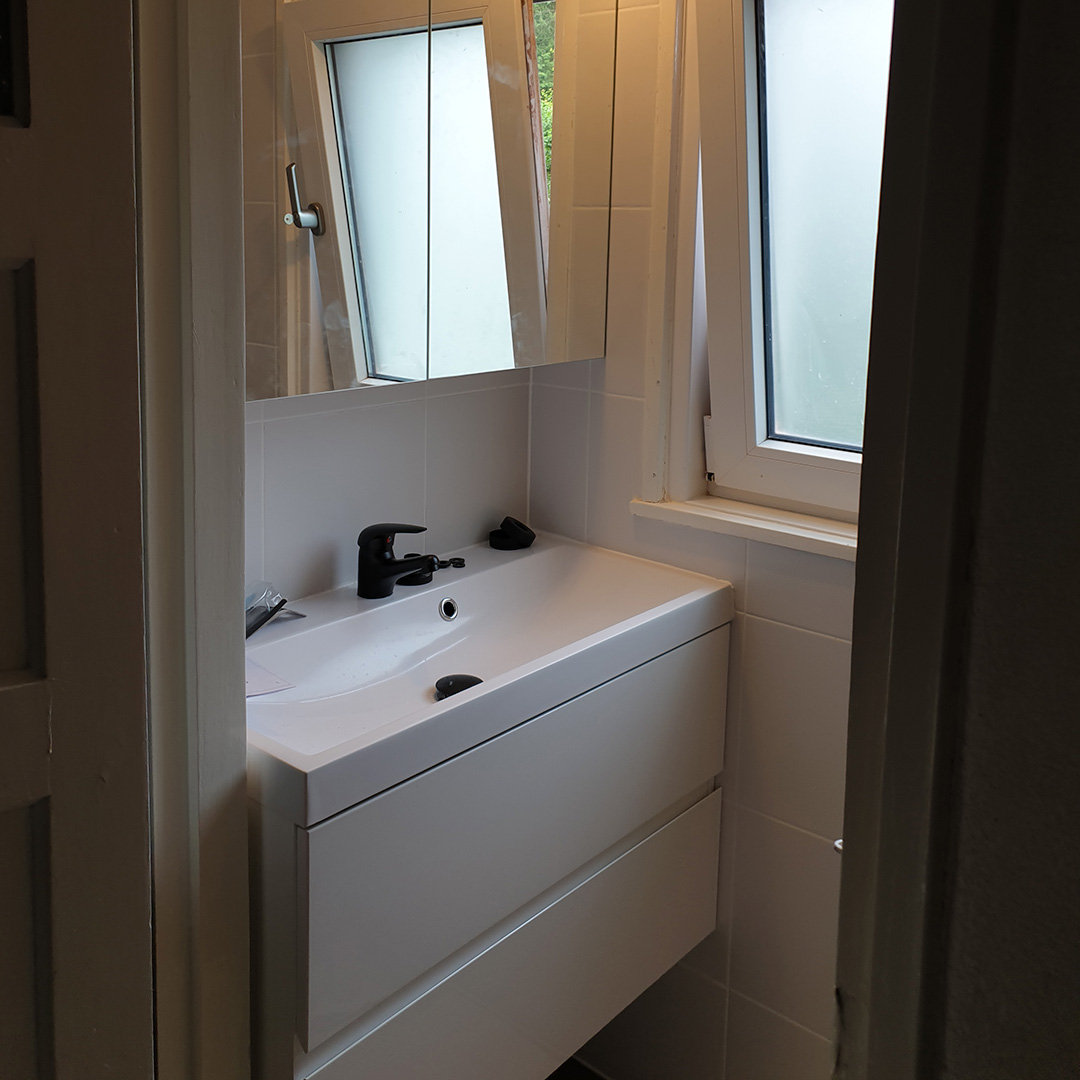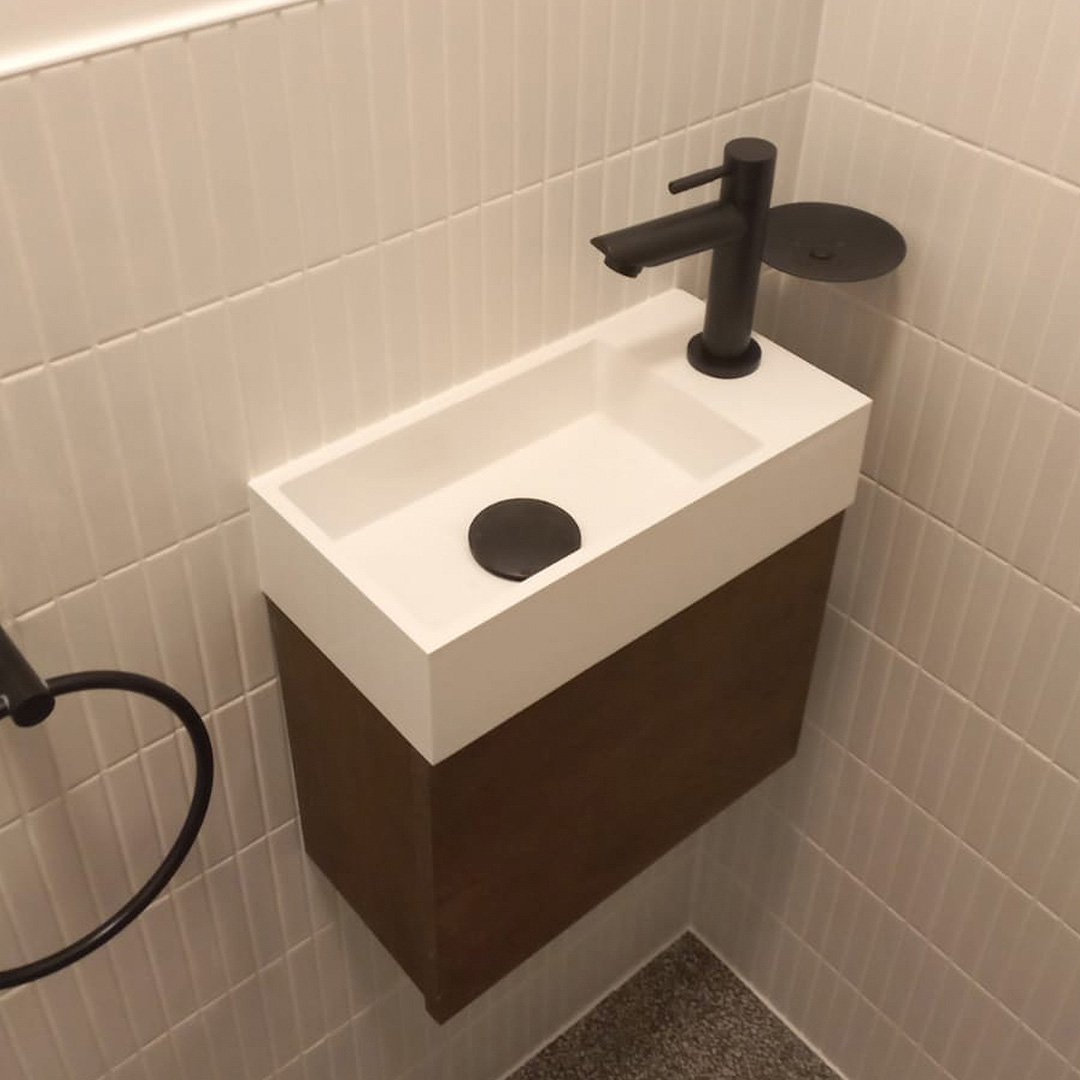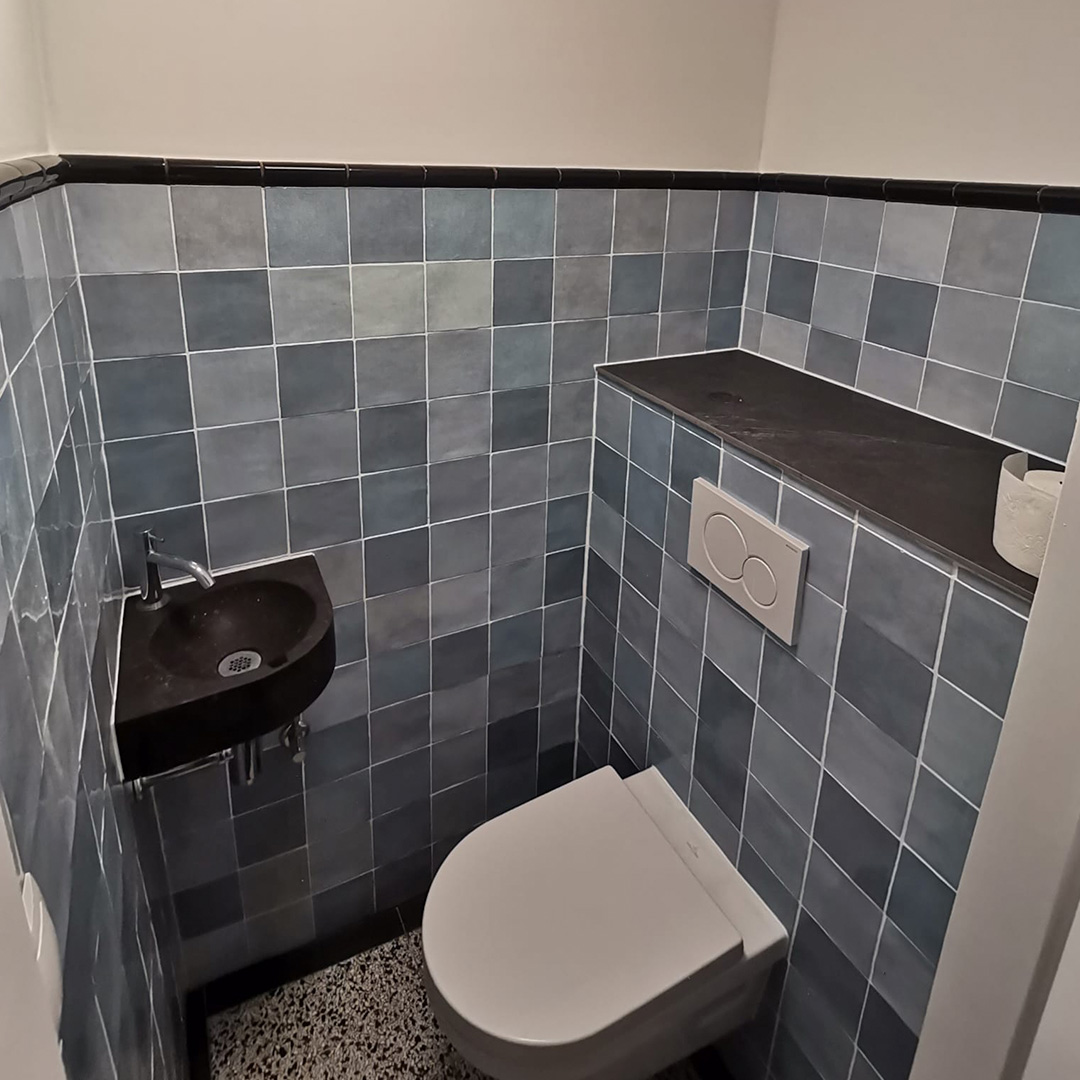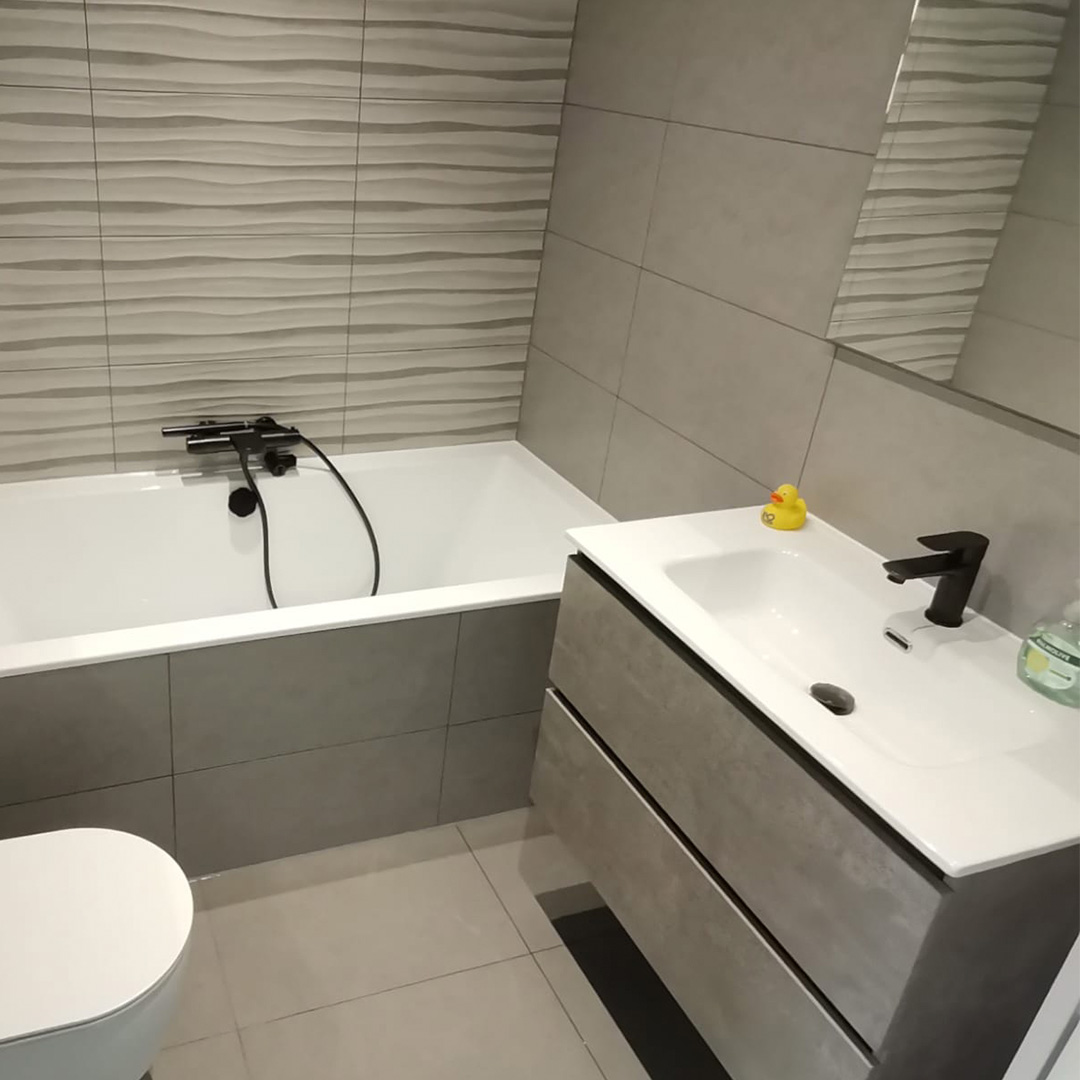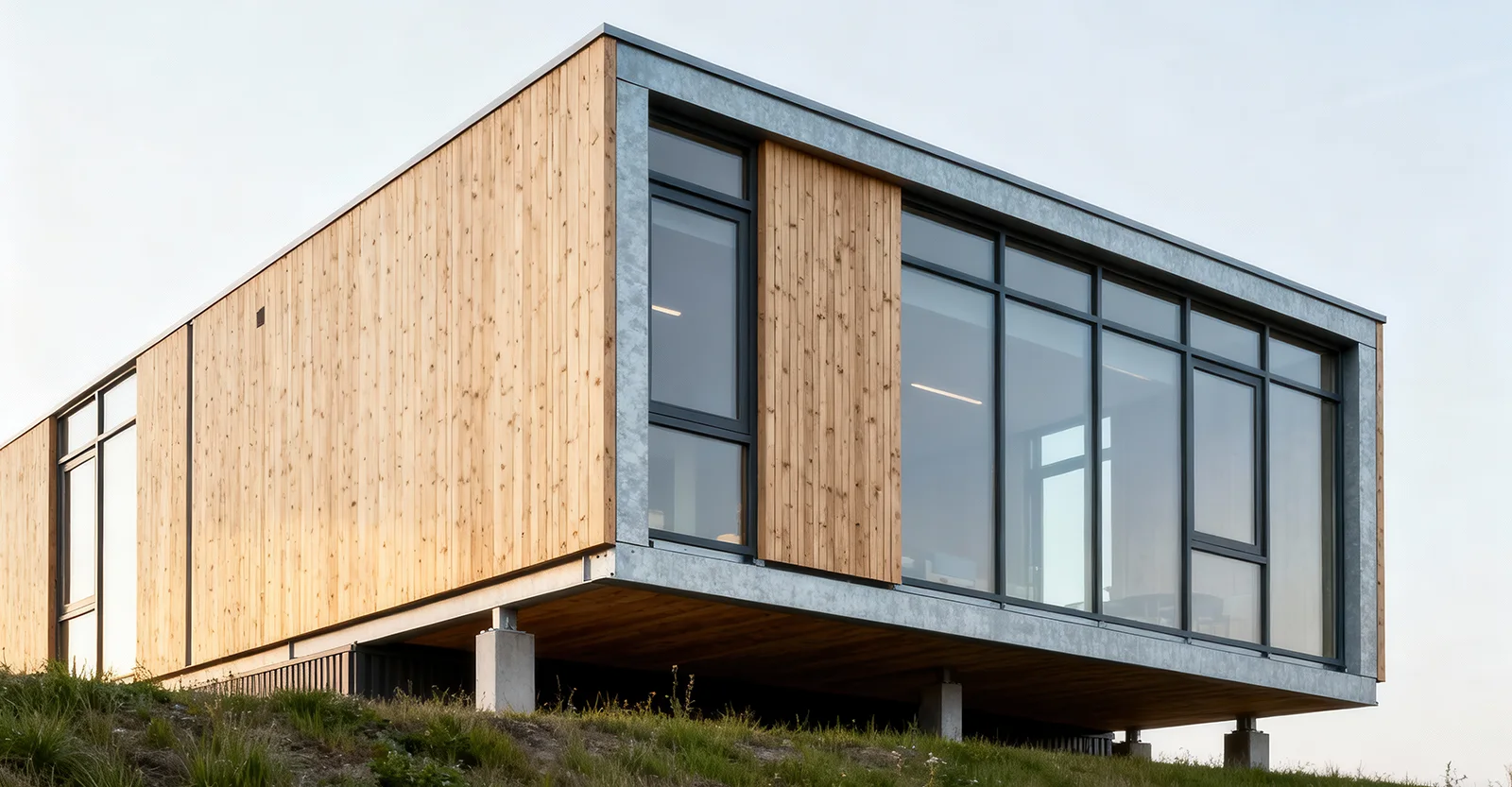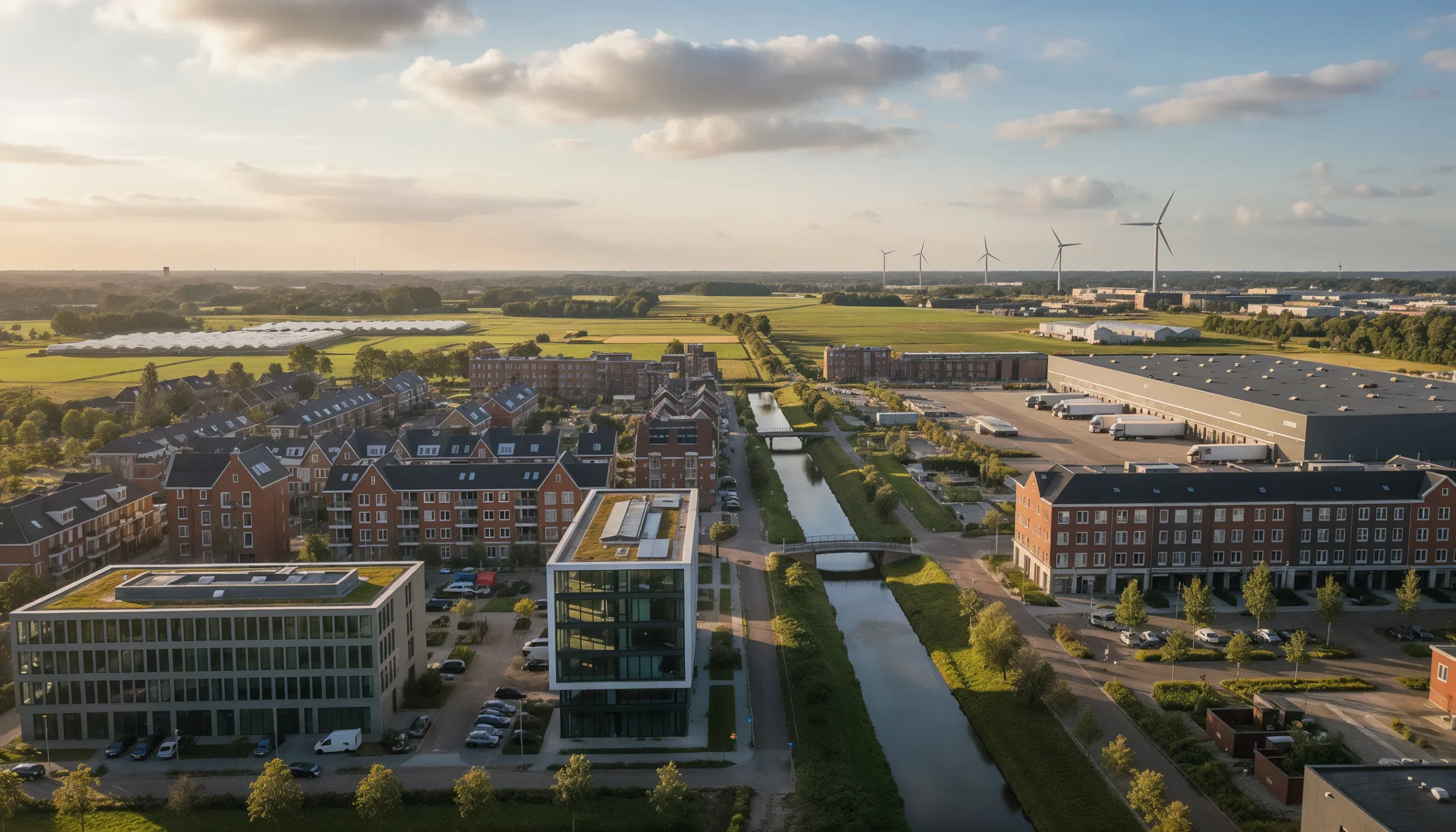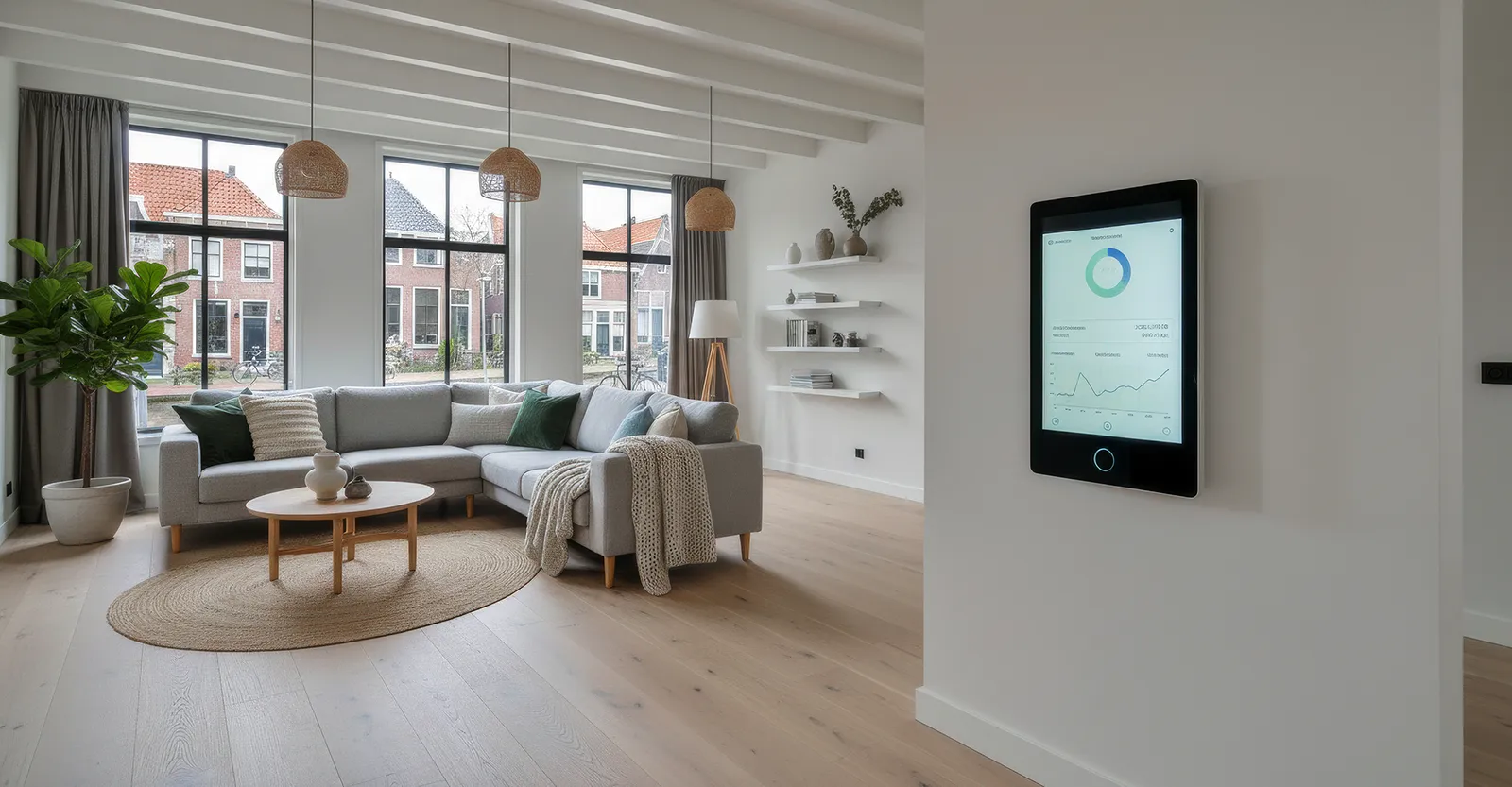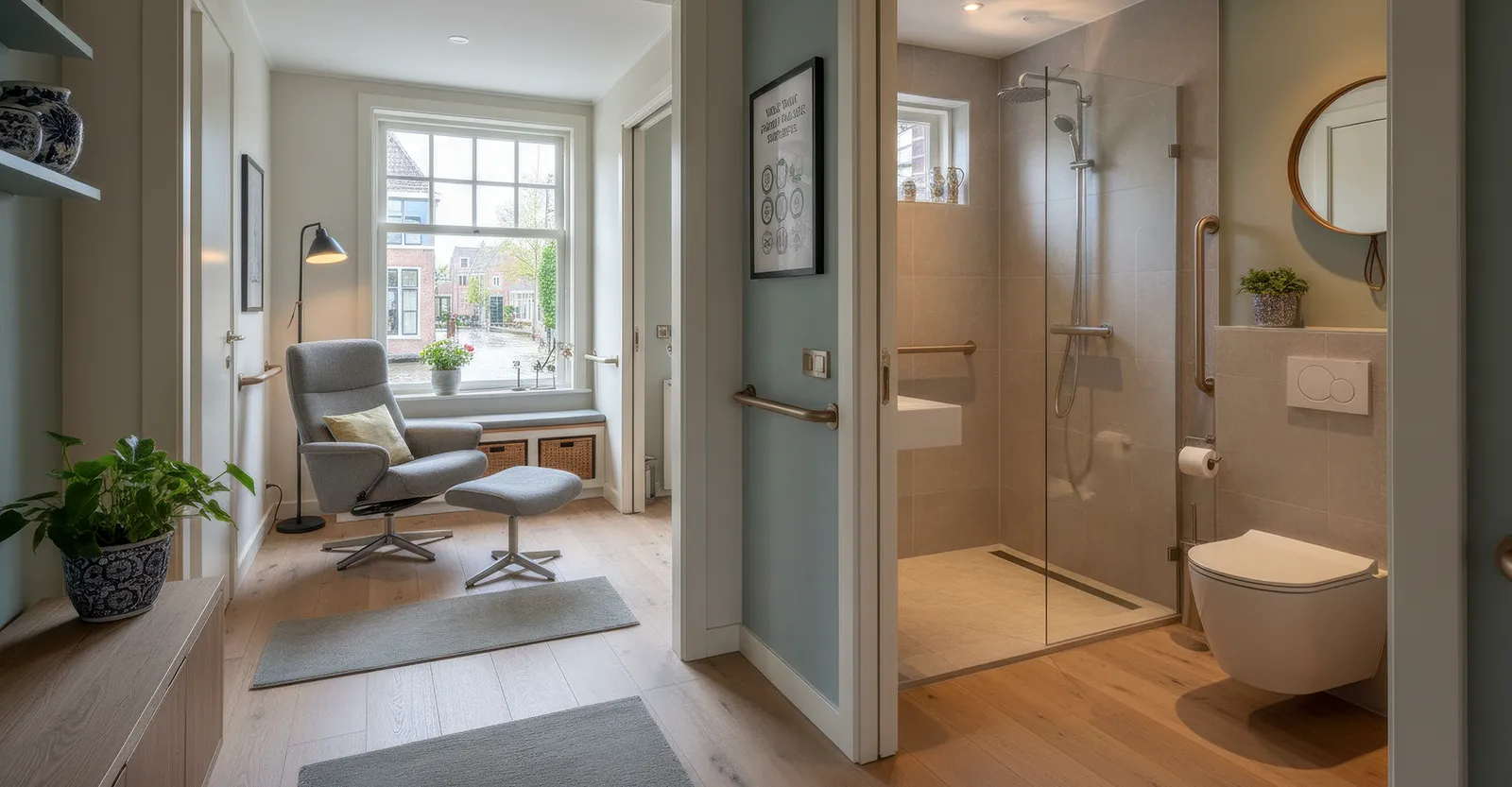Inside the Netherlands’ Circular Construction Revolution
Across the Netherlands, a quiet but radical transformation is taking shape. It’s not a new architectural style or a fleeting design trend. Instead, it involves a fundamental rethinking of how we build, live in, and ultimately, dismantle our buildings. The nation has set a staggeringly ambitious goal: a fully circular economy by 2050. At the heart of this mission lies the construction sector, an industry that has long followed a linear ‘take, make, waste’ model. Now, we are challenging that industry to write a completely new blueprint, one where we design waste out of existence.
This is the world of circulair bouwen, or circular construction. This compelling philosophy views buildings not as disposable objects, but as temporary libraries of valuable materials. They are a kind of urban mine, with resources ready to be borrowed, used, and then returned for their next life.
Designing for a Second Life
This shift in thinking forces us to reconsider everything. It starts with a simple but profound question: what happens to this building when we no longer need it? Instead of designing for demolition, the circular approach champions design for disassembly. Imagine a building constructed with the logic of Lego blocks, where designers create components that are easy to take apart. This allows builders to unbolt and reuse entire kitchens, facades, or structural elements, preserving their value.
This philosophy naturally leads to the materials themselves. The focus moves towards using salvaged resources, like reclaimed timber or steel. It also means embracing innovative biobased materials such as wood, hemp, and flax, which have the added benefit of storing CO₂. To keep track of it all, the materials passport is a game-changer. This digital logbook records every component within a building, giving the structure a memory. It makes it vastly easier for future generations to identify, harvest, and reuse those materials.
Overcoming the Hurdles
Of course, the path to a fully circular building industry by 2050 is not without its challenges. The government’s own programmes acknowledge bottlenecks. We need to build up supply and demand for circular materials and encourage financiers to embrace new methods. This requires a monumental collaboration between government, industry, and science.
Conclusion
The move toward circular construction is far more than an environmental policy. It is a vision for a smarter, more resilient, and economically sound future. It challenges the very idea of waste, transforming it into a resource. For anyone looking to build or renovate, this new era demands a partnership with forward-thinking firms that grasp this complex landscape. Choosing a construction service that is adept at sourcing sustainable materials and minimising waste is a central part of building responsibly. This is how we create homes that not only shelter us, but also contribute to a healthier planet.


